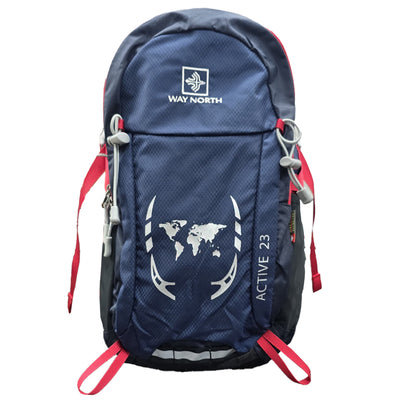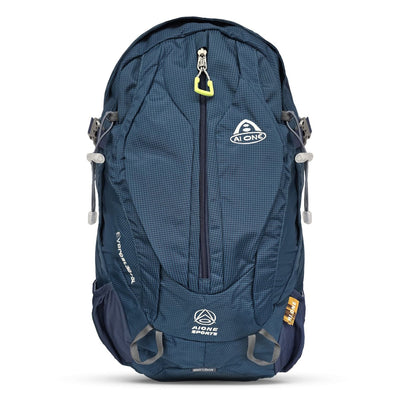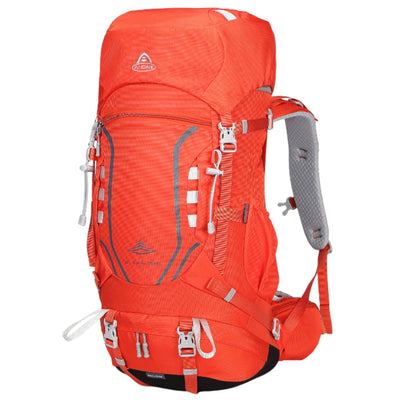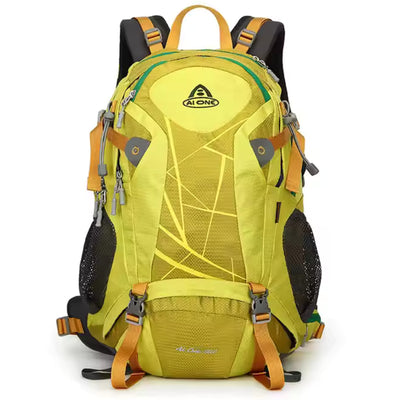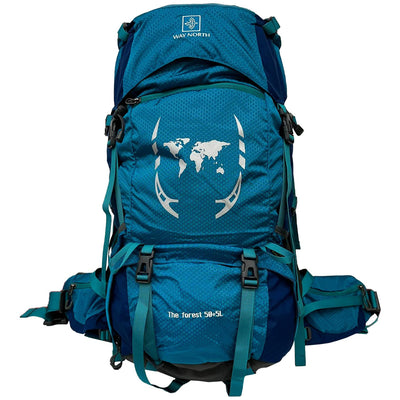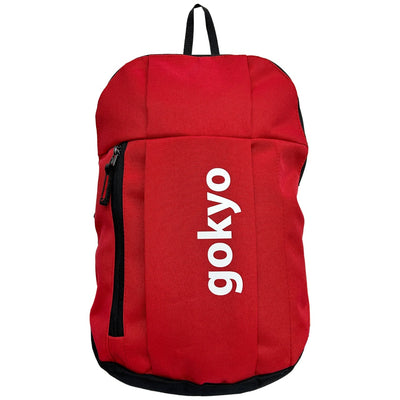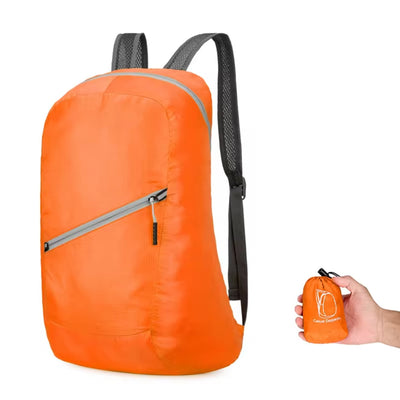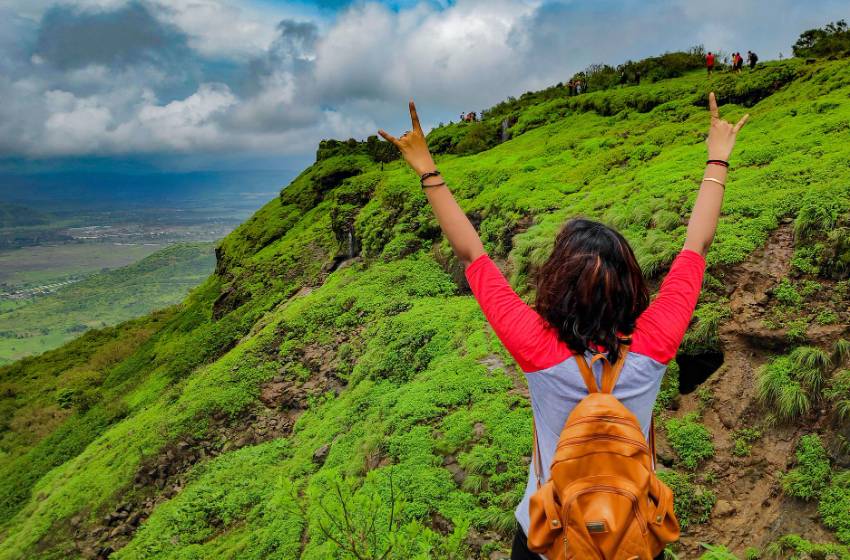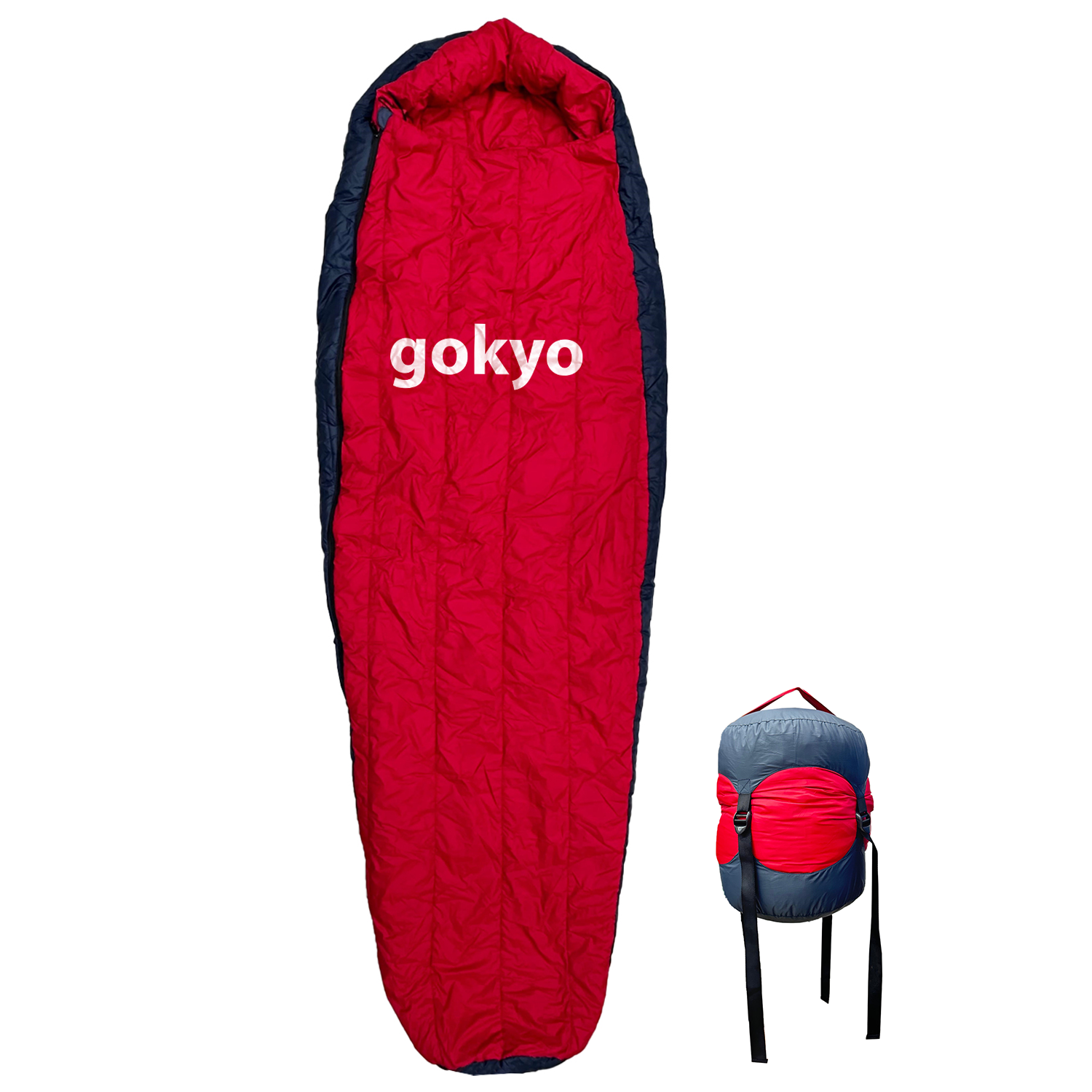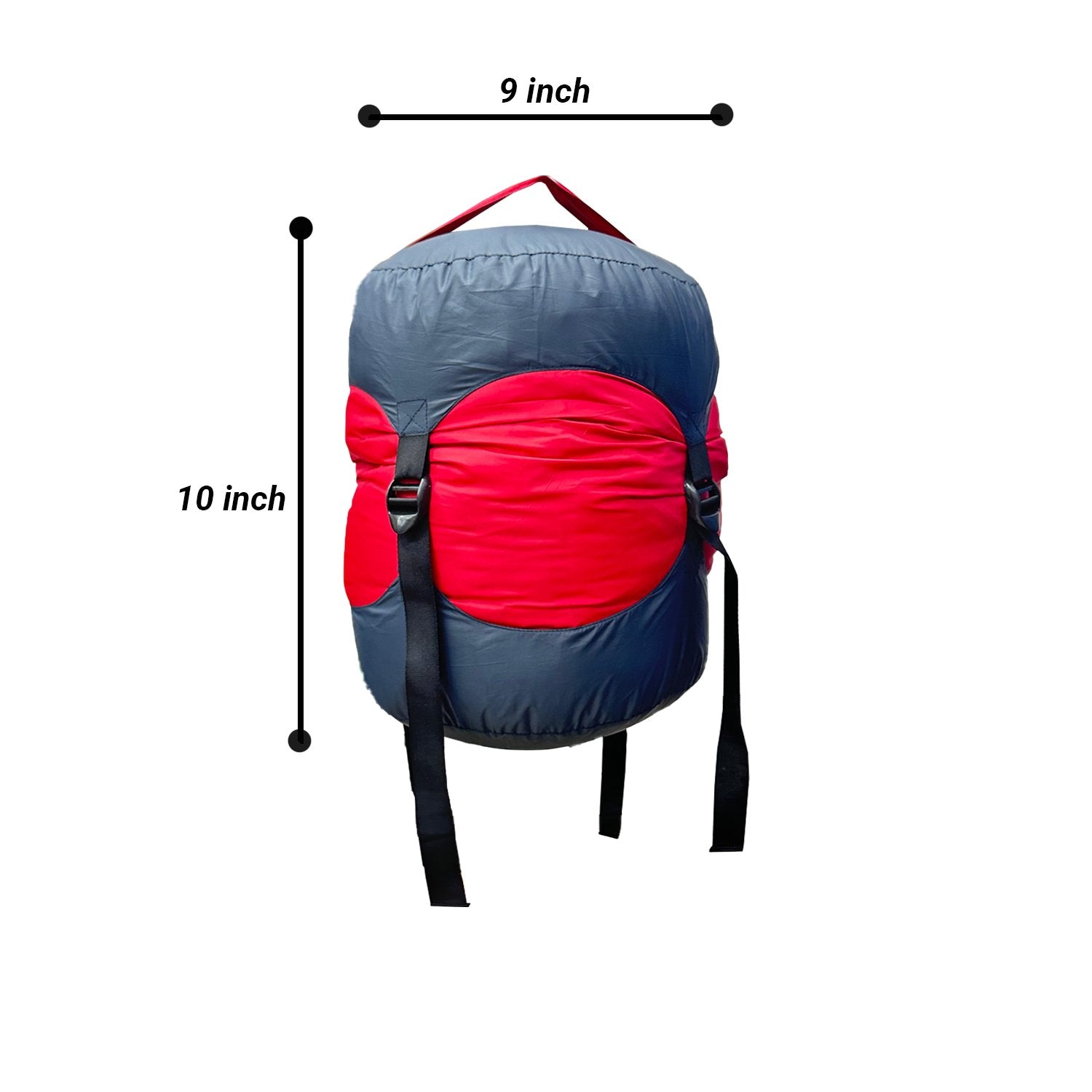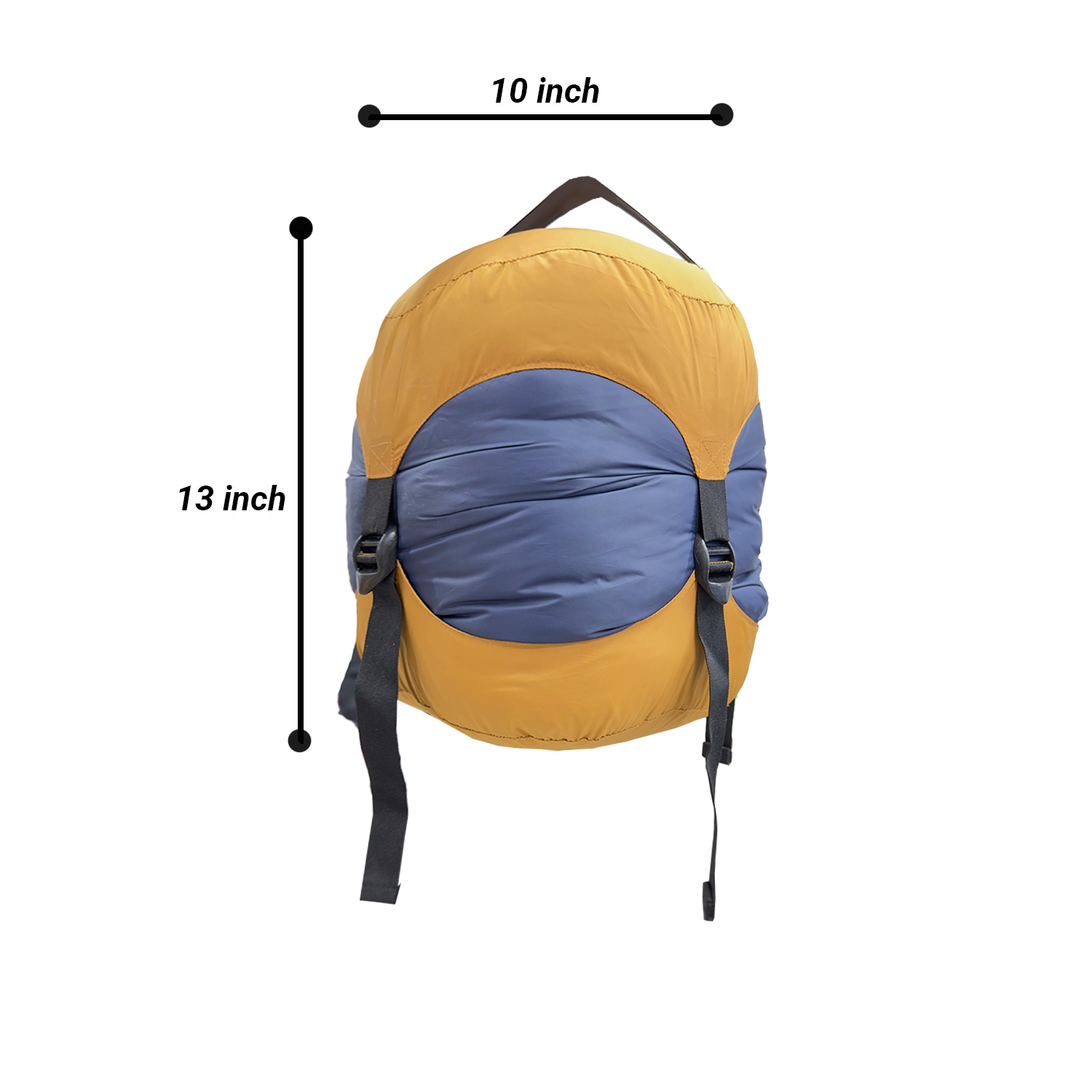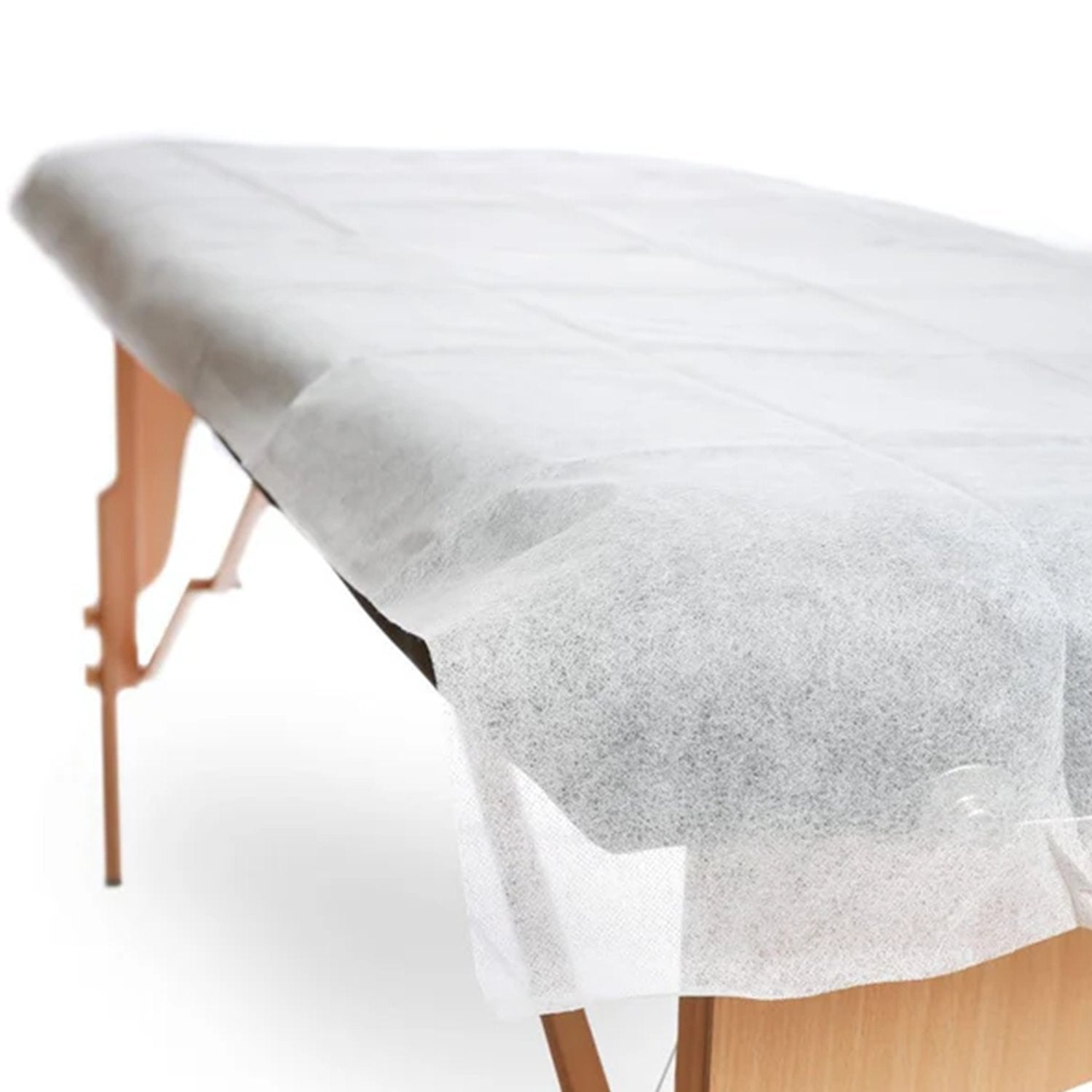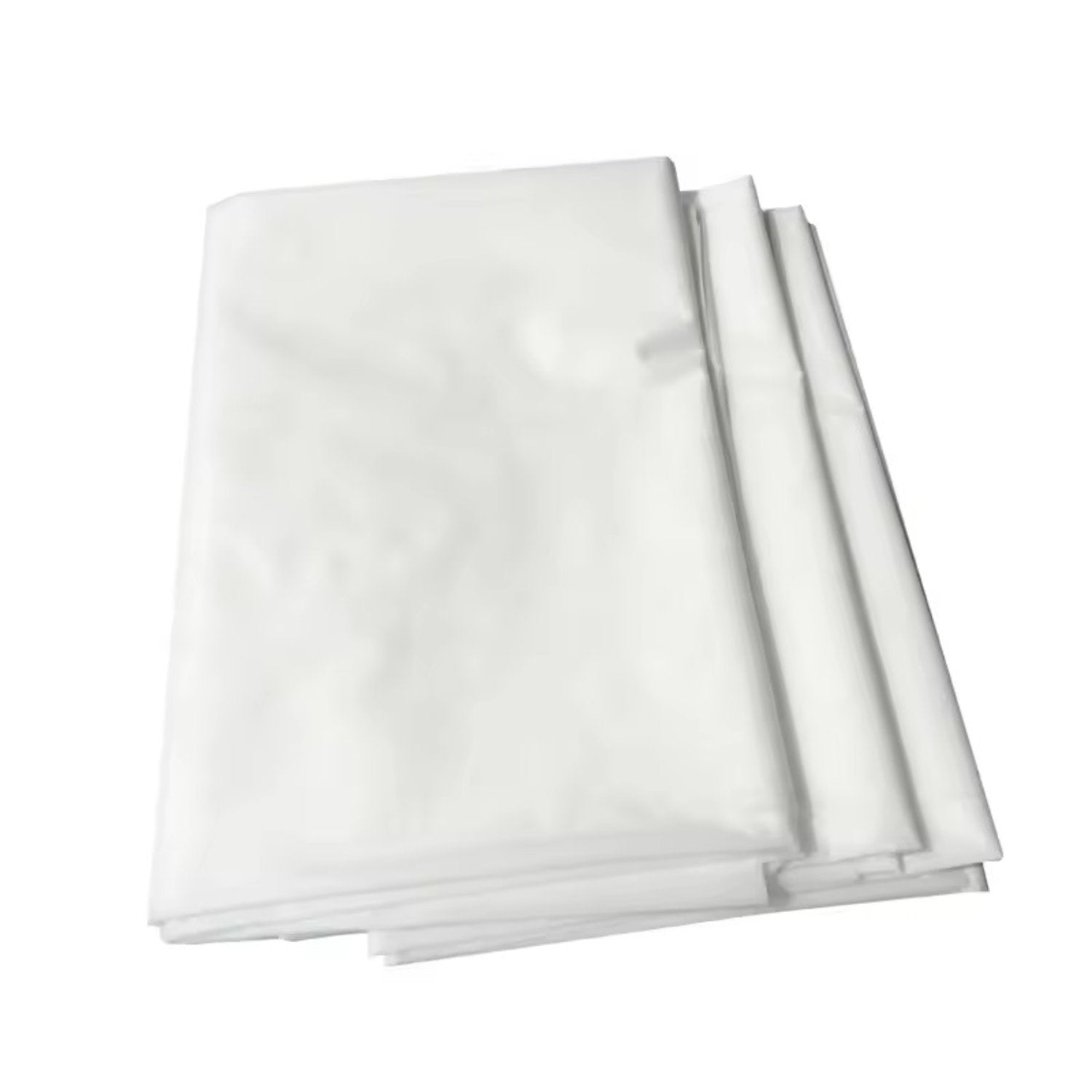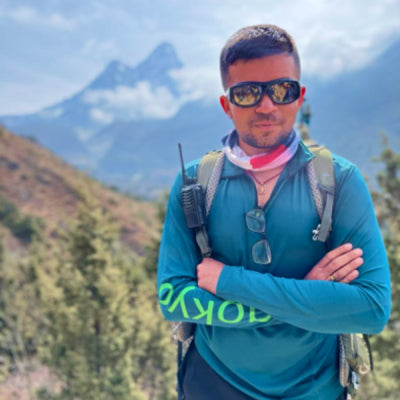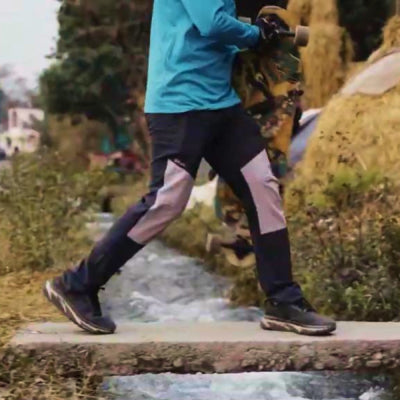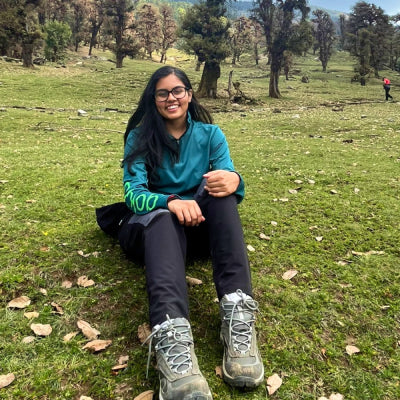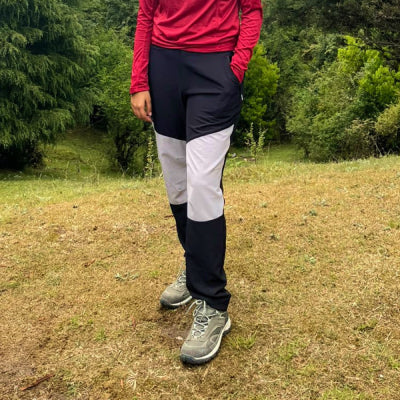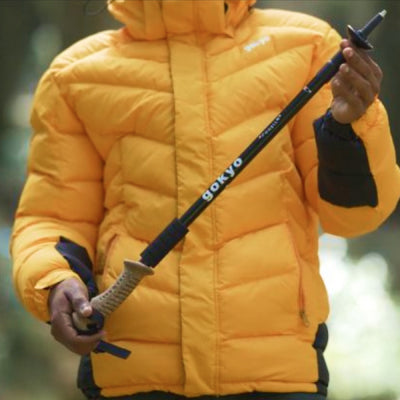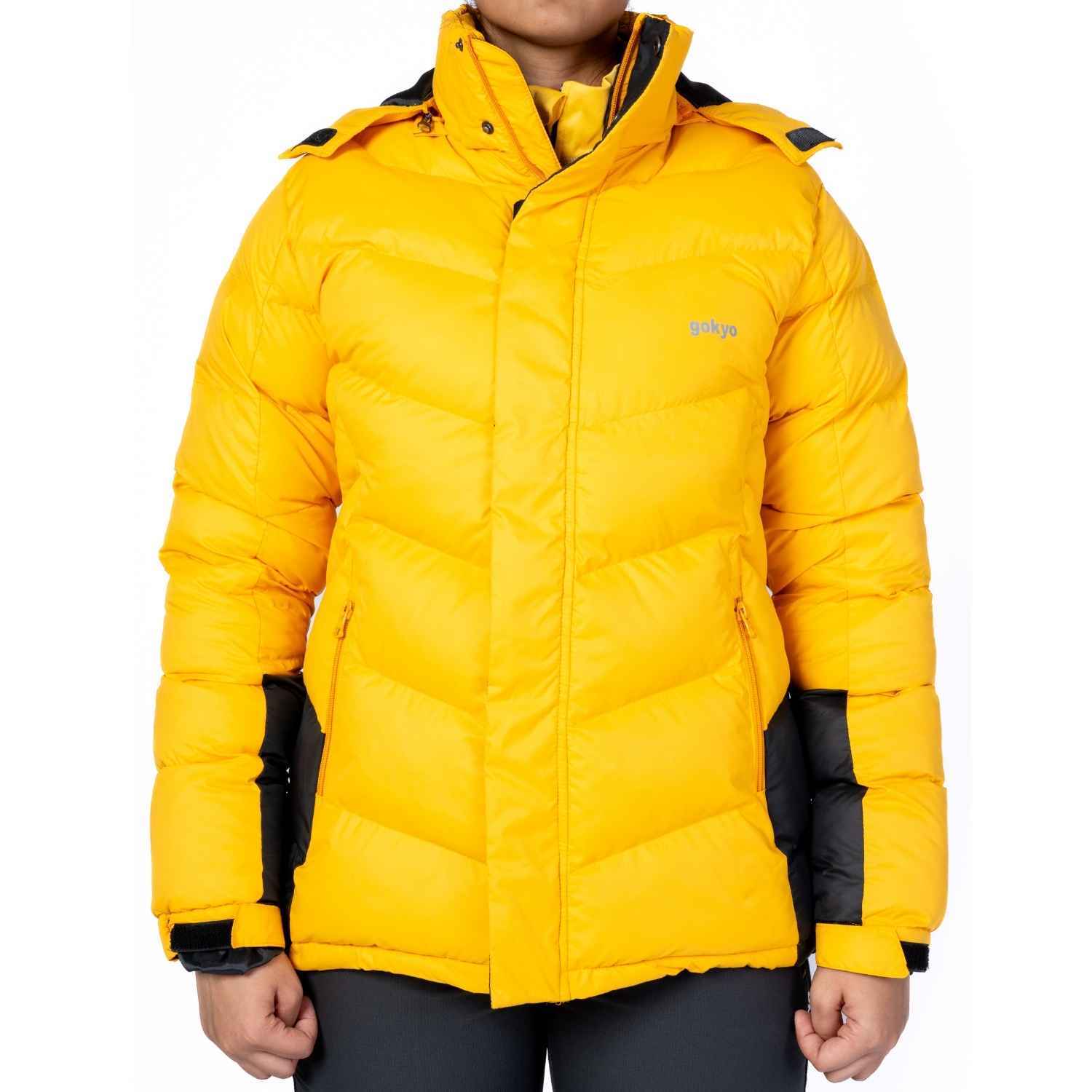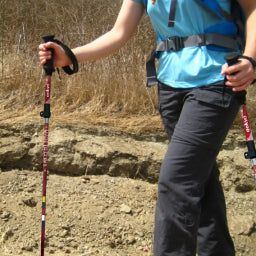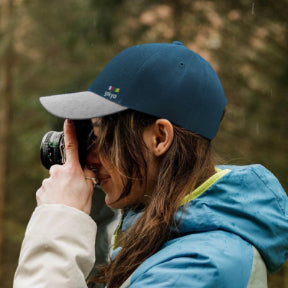Are You Bringing the Wrong Sleeping Bag for Your Trek Altitude?
Imagine this: You're finally in your tent after a long trek, the mountains are quiet, the stars are up, but rather than tranquility, you're shaking, teeth rattling, toes frozen. Why? Because your sleeping bag is designed for a backyard snooze, not a Himalayan evening. Welcome to the quiet mistake most trekkers make: bringing the wrong sleeping bag for the altitude.
Let’s fix that.
Why Your Sleeping Bag Isn't "Just Another Item"
When you're out on a hike, recovery is paramount. The right sleeping bag isn't just about comfort, it’s about:
- Healing overnight because your body stays warm
- Uninterrupted warm sleep to allow muscles to recover
- Safety in high-altitude areas where it's freezing
Neglect the proper gear, and you're risking bad sleep, aching muscles, and even hypothermia.
Altitude Dictates the Bag
The higher you climb, the colder it gets, especially at night. Your average travel bag won’t work beyond 3,000 meters. Here’s a quick guide:
- Up to 2,000m (light treks): Go for +10°C to +15°C comfort-rated sleeping bags
- 2,000m – 3,500m: Pick 0°C to +5°C sleeping bags
- Above 3,500m: You need a -5°C to -15°C rated sleeping bag with insulation technology
Pro Tip: Always check the comfort temperature rating, not the survival one.
What Makes a Good Trek Sleeping Bag?
Insulation Type
- Synthetic Fill: Budget-friendly, dries fast, works even when wet. Ideal for most Indian treks.
- Down Fill: Super warm and compact. Perfect for extreme altitudes, but risky in the monsoon.
Shape
- Mummy Bags: Tapered for better heat retention. Best for cold, high-altitude treks.
- Rectangular Bags: More spacious but less warm.
Zippers & Draft Collars
- Two-way zippers help you control airflow.
- Draft collars stop the cold air from sneaking in.
- Temp Rating: -10°C comfort
- Material: Water-resistant ripstop nylon
- Insulation: Hollow microfiber fill
- Weight: Just 1.3 kg
Perfect for Kedarkantha, Brahmatal, or any Himalayan trek beyond 3,000m.
Don’t Forget the Sleeping Bag Liners
Ever felt sticky and sweaty in your bag? That’s where sleeping bag liners come to the rescue. These cotton or microfiber layers:
- Add up to +5°C warmth
- Keep your bag clean
- Feel smooth against the skin
In warmer altitudes, you can even ditch the bag and use just the liner.
Bonus Must-Haves for Better Sleep
- Headlamps: Nature’s loo isn’t lit. A strong, hands-free headlamp is your best buddy for midnight walks.
- Travel Bags & Duffle Bags: Organize your sleep gear and clothes better. Gokyo Outdoor Clothing & Gear duffle bags come with water-resistant pockets—ideal for surprise showers.
- 65L capacity with a separate sleeping bag compartment
- Waterproof base, heavy-duty zippers
- Converts into a backpack—handy for multi-day treks
Explore Our Top Trekking Backpacks for Every Adventure
Packing Tips: Keep It Warm, Keep It Tight
- Stuff, don’t roll: Stuff your sleeping bag into the sack to prevent air gaps.
- Keep dry: Use a compression sack with waterproof lining
- Don’t over-compress down bags—they lose insulation
- Sleep in layers, not jackets: Thermal base layers trap heat better
Still Cold? Try This Hack
Fill your water bottle with hot water (leak-proof, please), wrap it in cloth, and place it at your feet inside the sleeping bag. Instant warmth!
Frequently Asked Questions (FAQs) : Let’s Clear the Fog
1. Must I use a high-altitude sleeping bag?
Yes! Basic camping bags don’t work for places like Kedarkantha or Rupin Pass. You need a low-temperature rating and solid insulation.
2. What’s better, a mummy or a rectangle?
Mummy-shaped sleeping bags are made for trekking. They keep you warmer. Rectangular ones are fine for car camping or warm weather.
3. Does a sleeping bag liner help?
Absolutely! A liner adds warmth, improves hygiene, and extends your bag’s life.
4. Synthetic vs Down—what’s better?
For most Indian treks, synthetic sleeping bags are cost-effective and handle moisture. Down bags are premium, lighter, and warmer for advanced trekkers.
5. Can I pack a sleeping bag in a duffle?
Yes! Use a duffle bag with water-resistant bottom. The Gokyo Outdoor Clothing & Gear Duffle separates wet and dry gear easily.
6. Most common beginner mistake?
Bringing a home-comfort sleeping bag to a cold mountain trek. Always check the temperature rating of your location.
The Bottom Line: Don’t Let Cold Nights Ruin Your High
You’re investing time and effort into an unforgettable adventure, don’t let poor gear spoil it. With the right sleeping bags, cozy sleeping bag liners, quality headlamps, and tough travel bags or duffle bags, you’ll rest well and rise ready.
Stay warm. Sleep tight. Trek like a pro—with Gokyo Outdoor Clothing & Gear.




